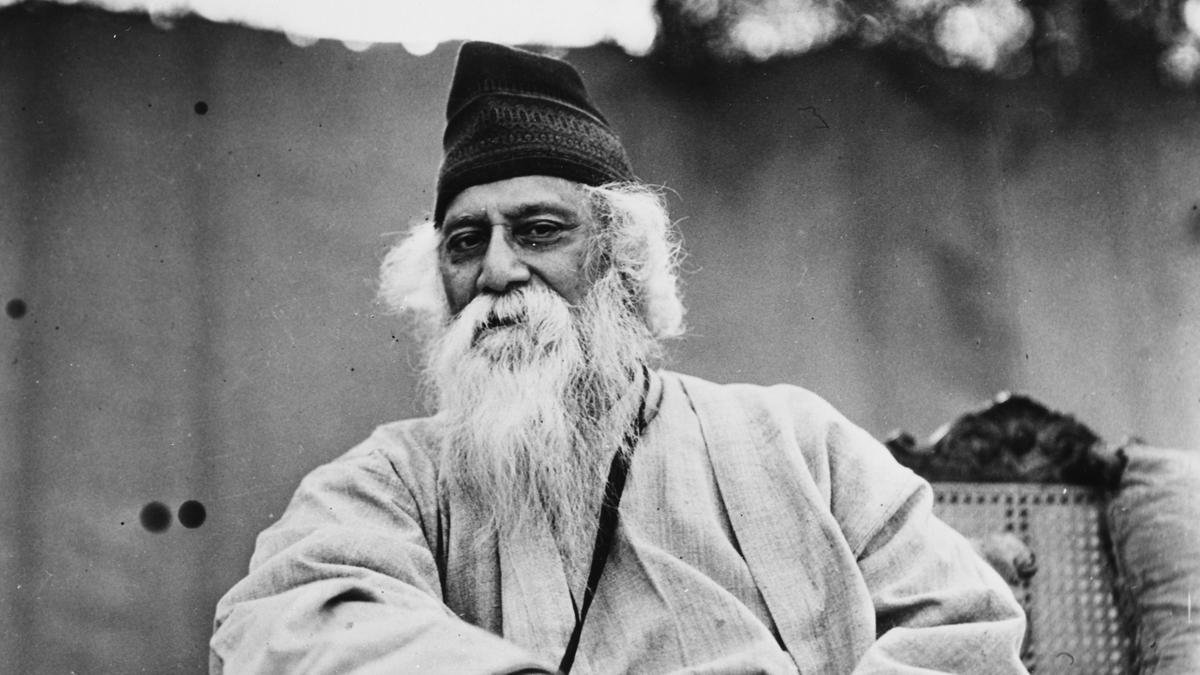Credit lo seems to be a unique phrase, possibly a phonetic interpretation or a specific local term.

India’s Credit Market Navigates a New Phase: Balancing Growth, Risk, and Regulation
CHENNAI, Tamil Nadu – India’s credit market is currently experiencing a significant shift, characterized by moderated growth, heightened regulatory scrutiny, and an evolving landscape shaped by both traditional lenders and agile fintech players. Recent data and policy decisions by the Reserve Bank of India Credit lo highlight a deliberate move towards strengthening asset quality and ensuring sustainable lending practices, particularly in the wake of robust growth in unsecured loan segments. For individuals and businesses alike, understanding these dynamics is crucial for navigating borrowing opportunities and maintaining financial health.
Moderation in Credit Growth A Cautious Approach Prevails
Recent reports from the State Bank of India Credit lo and other financial institutions indicate a noticeable slowdown in bank credit growth. As of May 2025, bank credit growth dropped to 9.8% year-on-year, a significant decline from the 19.5% observed during the same period last year. This trend is not isolated; retail credit growth, which had been a strong driver, also witnessed a sharp deceleration to 11.6% year-on-year in FY25, down from 27.6% in FY24.
This moderation is largely Credit lo attributed to a more cautious stance adopted by lenders. Banks and Non-Banking Financial Companies (NBFCs) are prioritizing asset quality over aggressive expansion, especially in segments that have shown signs of stress. Microfinance and certain unsecured loan categories, which saw rapid growth in the recent past, are now under closer watch due to elevated delinquencies and write-offs. This proactive approach aims to build a more resilient financial system.
Credit lo, deposit growth, at 9.9% year-on-year in May 2025, has outpaced credit growth, creating a more favorable liquidity environment for banks. While this improves the overall funding position, challenges in mobilizing low-cost current and savings account (CASA) deposits persist, leading to continued competition among lenders for funds.
The Unsecured Loan Conundrum Balancing Accessibility and Risk
The Credit lo segment of unsecured loans, including personal loans and credit card balances, has been a focal point of discussion and regulatory action. While these loans have significantly boosted financial inclusion by providing quick and collateral-free access to credit, particularly for those with lower incomes or without traditional credit histories, their rapid growth has raised concerns about potential borrower overleveraging and systemic risk.
Data from the Research and Information System for Developing Countries (RIS) and Credit lo FinTech Barometer report that unsecured lending by NBFCs had surged, with personal loans comprising nearly one-third of the total personal loan credit as of March 2023. However, growth in personal loan originations has slowed significantly, with year-on-year growth dropping to 13.8% in September 2024, down from 29.1% in the previous year. Similarly, credit card borrowing growth has also moderated.
The RBI, in November 2023, introduced stricter lending norms, increasing risk weights on consumer credit for banks and Credit lo. While the RBI subsequently lowered risk weights on bank exposure to NBFCs in February 2025 to ease liquidity, the overall message to lenders has been clear: enhance credit standards, monitor the end-use of unsecured loans, and prioritize sustainable portfolio growth. This regulatory push is a critical factor in the current moderation of growth in this segment.
Experts like Shiv Puri from TVF Capital Advisors acknowledge that the tightening of unsecured personal lending was “done correctly because there was a lot of issues happening out there.” This shift is expected to ensure more responsible lending practices and a healthier long-term outlook for the sector.
RBI’s Monetary Policy and Its Impact on Credit
The Reserve Bank of India’s monetary policy decisions play a pivotal role in shaping the credit landscape. The Credit lo recent sharper-than-expected 50 basis point repo rate cut to 5.5% in June 2025, coupled with a 100 basis point cut in the Cash Reserve Ratio (CRR), signals a pro-growth regulatory stance. This move is expected to inject substantial durable liquidity into the banking system (approximately ₹2.5 lakh crore), bringing down borrowing costs for banks and, consequently, for borrowers.
This easing of policy, along with the earlier rollback of increased risk weights on unsecured lending to Credit lo, is anticipated to revive bank funding to the NBFC sector. NBFCs, which had faced tighter funding conditions after the RBI’s previous tightening measures in 2023, are now expected to see improved liquidity and lower borrowing costs, aiding their retail lending efforts and potentially improving net interest margins.
However, challenges remain. While the RBI’s measures aim to quicken the transmission of rate cuts, banks continue to grapple with deposit mobilization at competitive rates, especially retail deposits. The declining share of low-cost CASA balances and increased reliance on wholesale deposits have pushed up banks’ overall cost of funds. This pressure is expected to persist in the near term, potentially delaying the full impact of policy rate cuts on lending rates and net interest margins.
Digital Transformation Reshaping Credit Accessibility
The digital revolution continues to be a transformative force in India’s credit market. Fintech companies, leveraging advanced analytics, artificial intelligence (AI), and alternative data sources (such as utility bill payments and social media activity), are making credit more accessible to segments traditionally underserved by conventional banks.
- Faster Processing: Digital lending platforms offer quick application and approval processes, providing rapid access to funds, which is particularly beneficial in times of financial need.
- Tailored Products: AI and big data enable lenders to offer personalized loan solutions, adapting terms based on individual consumer behavior and financial habits.
- Buy Now, Pay Later (BNPL): BNPL schemes have gained immense popularity, offering flexible, often interest-free repayment options, especially for younger consumers. This model is driving consumption and expanding credit access in retail, travel, and healthcare.
- Enhanced Security: With the rise of digital loans, robust security measures like two-factor authentication, blockchain technology, and biometric verification are becoming standard to combat fraud and cyber threats.
Traditional banks are also actively participating in this digital evolution, forging partnerships with fintechs for co-branded cards and leveraging open APIs to expand their customer base and digital offerings. The focus on digital Credit lo, virtual cards, and intuitive user interfaces is making financial services more convenient and user-friendly.
Challenges and the Road Ahead
Despite the positive outlook and ongoing transformations, several challenges persist in the Indian credit market:
- Asset Quality Concerns: While the overall Non-Performing Assets (NPAs) for banks have declined, concerns are emerging over the quality of retail loans, particularly in the unsecured segment. Lenders are actively monitoring portfolios for rising delinquencies, especially in small-ticket and consumption-led loans.
- Deposit Mobilization: The competitive landscape for deposits continues to put pressure on banks’ funding costs, potentially impacting their ability to lower lending rates significantly.
- Economic Uncertainty: Global economic fluctuations and domestic factors can influence credit demand and consumer behavior, requiring continuous vigilance from lenders and regulators.
- Private Credit Market Risks: While India is a “sizzling market” for private credit, some experts caution against potential risks, particularly concerning legal complexities around collateral and bankruptcy, as foreign investors eagerly participate in high-return deals. The cautionary tale of Byju’s serves as a reminder of the need for due diligence in this rapidly expanding space.
Looking ahead, the Indian credit market is poised for continued growth, albeit with a stronger emphasis on sustainability and responsible lending. The Credit lo ongoing regulatory oversight, coupled with technological advancements and evolving consumer behavior, will continue to shape how credit is extended and accessed across the nation. For individuals, maintaining a strong credit profile through timely payments and prudent borrowing remains paramount, ensuring access to financial opportunities in this dynamic environment.









